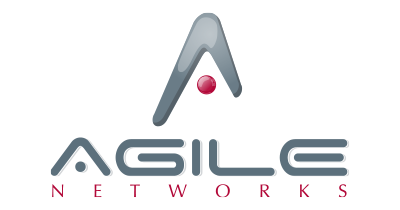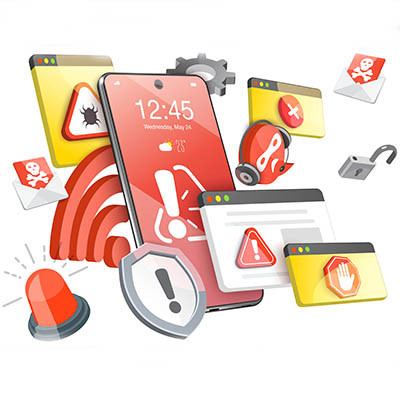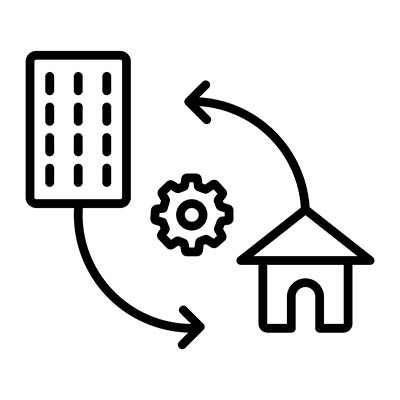Agile Networks Blog
There are a lot of different ways to manage your time for IT, the most common one being 70 percent of your time on maintenance and 30 percent on innovation and development. If you want your business to grow, you need to invert those numbers and do the exact opposite. There’s one simple way you can change up your approach, and it’s not nearly as complicated as you might think.
Do you know what one of the most frustrating budgetary issues you run into is? One I’ve heard about quite a bit is the rush to spend every allocated cent in the IT budget before these funds are redistributed to other departments.
While the instinct is understandable, we want to reinforce that you should never make IT purchases solely to meet a spending benchmark. Instead, all invested funds should be directed so that you see returns.
The holiday season can be a busy (and lucrative) time for businesses, but that’s only if your network can handle the increased traffic. A network that buckles under the weight of more traffic than usual can cost you in sales. How do you address this issue so you don’t miss opportunities to make money?
You can start with these five fixes.
Did you know that, in physics, regardless of how much time, sweat, and energy you put into pushing a boulder, if it doesn’t move, the “work done” is seen as zero? The same is true in business… at the end of the day, your investment in your organization and its people is only worthwhile if you see results.
So, you need to ask yourself: how much work are your team members actually getting done? Are they moving the boulder, or are they just trying a lot but not actually making any progress? Let’s examine what often leads to this kind of stagnant struggle and how you can fix it.
Have you ever stopped to ask yourself if the person you’re talking to on the phone is an AI system or an actual, honest-to-goodness human? It’s expected that in 2026, you’ll be asking this question a lot more often—especially with the rise of agentic AI. This development takes the vulnerability that already exists in your human infrastructure and attempts to make it impossible to stop. Today, we’ll explore agentic AI, what it looks like, and what you can do to put a stop to it in the years to come.
If you want to impress the boss, it helps to make yourself look as impressive as possible. One way to do this is to be particularly engaged and responsive in your email practices… and to accomplish this, it helps to keep your inbox organized and managed.
Let’s go over some simple tips that you can use to show off how professional you are with your emails as you use Gmail.
We’re sure at some point you’ve used the idiom, “If it ain’t broke, don’t fix it,” particularly in regards to your IT. While it might feel responsible and safe to stick to this motto as much as possible, there will come a time when it becomes dangerous to hold fast to it. In fact, business technology professionals might even call this motto irresponsible. Here’s why.
When it comes to cybersecurity, the most important aspect is often pushed aside in favor of solutions that are easier to control, like firewalls, encryption, and modern detection and response tools. However, the biggest and perhaps most important factor affecting your business’ security is, in fact, its people. No matter who you are, it only takes one accidental click to send your network spiraling into chaos, and even the most well-intentioned employees can wreak havoc under the right circumstances.
While you’re busy shoring up your cybersecurity measures, it’s worth asking what you’re doing about physical security breaches. Considering the risk they pose to your employees, data, and equipment, you shouldn’t leave this issue unaddressed for your business. Any small business owner should strive for the peace of mind that physical security can bring about.
How many employees do you have who keep your company’s passwords on sticky notes stuck to their monitors? This simple, seemingly benign trick could be putting your business at risk. After all, if you can see the password on a sticky note, so too can others who happen to be wandering around the office—including potential threat actors.
Adopting smart office technology—from connected lighting and thermostats to sophisticated monitoring sensors—can transform your workspace, offering efficiency and a modern aesthetic. Yet, as IT experts, we must guide you past the shiny facade to confront a critical reality: every new smart device is a potential gateway for cyber threats.
You should not have to sacrifice security for the sake of being "high-tech." However, implementing these solutions without a robust security strategy is a risky gamble.
Technology doesn’t last forever, so what would you do if your keyboard or computer monitor bit the dust tomorrow? Some might just throw the technology in the trash and not think twice about it, but that’s the exact opposite of what you should do. Instead, we urge you to go through the proper channels to properly dispose of your old electronics—if not for the environment’s sake, then for your business’.
If one fact has been proven true, it’s that remote and hybrid work are not temporary trends; they are future operating models that help businesses achieve greater flexibility and talent retention. Of particular interest is hybrid work, an approach that mixes the demands of in-office work with the benefits and flexibility of remote work. If you want to build hybrid work into your operational infrastructure, there can be no denying that your IT infrastructure has to be locked in—particularly if you want to stay productive, secure, and competitive.
Let’s review the benefits and risks of hybrid work as an operational model for your business.
There are a bunch of shortcuts that most (if not all, at this point) of us should already know… cut, copy, paste, new tab, things like that. These are the basics. However, if you really want to show off for the boss—blowing them away with your efficiency and professionalism—some more advanced options are also handy to know.
Let’s go over some shortcuts to take advantage of:
Despite the immense productivity and convenience that come from using a smartphone, it’s important to remember that these devices are miniature computers in our pockets. As such, they are just as susceptible to threats as a computer or laptop. According to the National Security Agency, powering down your device is one of the most effective ways to protect your smartphone from various threats. Here’s why.
It would seem that the people responsible for the recent heist at the Louvre, which netted over $101 million in jewelry, may have used a more complicated plan than strictly necessary. According to a French publication, the famous museum has a long history of cybersecurity mistakes and faux pas… many of which, given the museum’s fame, are truly shocking.
Let’s go over what we know about the Louvre’s protections over the years, and what they suggest about the current state of things. We’ll probably learn a thing or two by doing so.
An old fable says that a frog placed in a pot of boiling water will jump out immediately, but if the water is warmed to boiling with the frog already in it, the frog won’t notice until it is already too late. Many businesses today act like that frog, overlooking minor tech issues that signal a growing problem until the damage is done.
Let’s see if we can identify some of these issues to help keep you out of hot water.
We’ve seen firsthand how the shift to remote work has revolutionized business operations. However, one area still causes friction for many business owners: the virtual meeting. A poorly executed remote meeting isn't just a time-waster; it can drain productivity and disengage your team, damaging your company culture. Today, we outline a few tips that show that with the right strategy and tools, your remote meetings can be even more effective and engaging than their in-person counterparts.
Customer Login
News & Updates
Contact Us
Learn more about what Agile Networks can do for your business.
Agile Networks
705B Moore Industrial Park
Prospect Park, Pennsylvania 19076




















